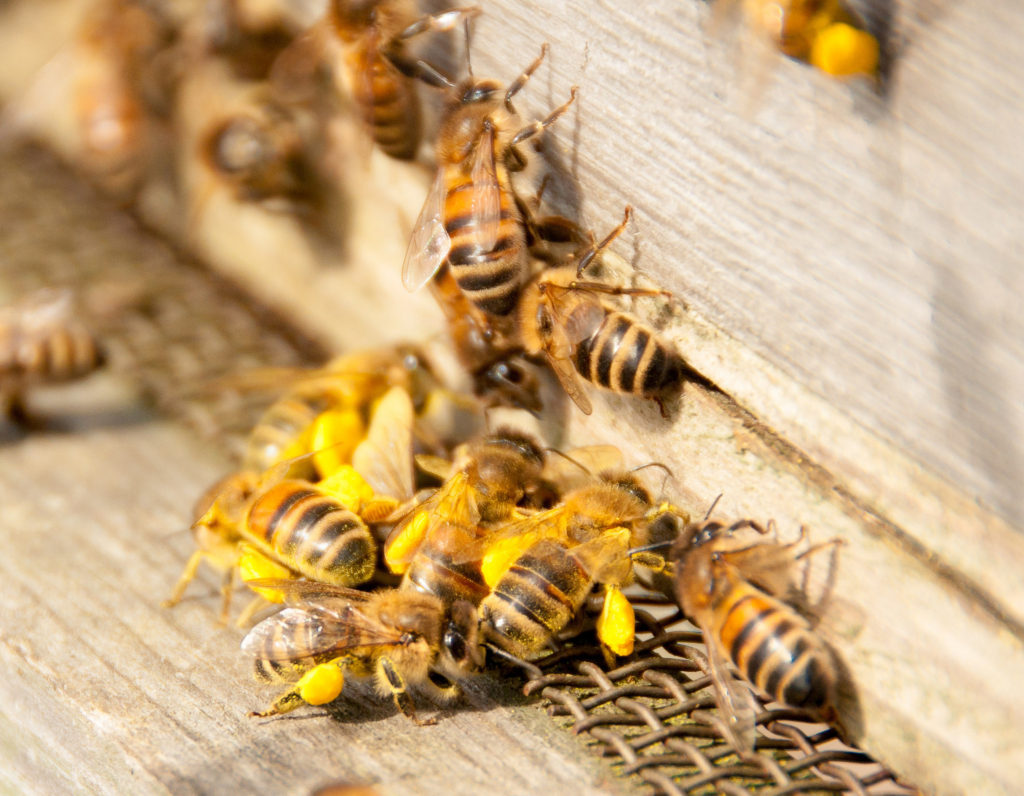
The worldwide decline in the population of bees and other pollinators has impelled farmers to do what they can to encourage and nurture bees on their land. Protecting bees is important because pollinators are essential for growing many foods including coffee, cacao, almonds and many other fruits and vegetables.
The first national map of U.S. wild bees, completed at the end of 2015, showed that the key insects are disappearing in the country’s most important farmlands (such as California’s Central Valley, the Midwest’s corn belt and the Mississippi River Valley). In all, nearly 40% of pollinator-dependent U.S. crops were found to be at risk from simultaneously falling wild bee supply and rising crop pollination demand. Further bee losses could raise food prices and destabilize the nation’s food production.
One of the things farmers can do is plant wildflowers to nurture bumble bees. This currently requires surveying their fields to assess possible locations, taking measurements, and doing extensive calculations of costs and benefits of supporting bee populations.
Soon, however, farmers will be able to calculate the crop productivity and pollination benefits of supporting endangered bees on their phones with a mobile app. A team at the University of Vermont introduced the interactive technology at a scientific meeting in February.
The as-yet-unnamed app allows users to explore land management scenarios and virtually test how bee-friendly decisions would improve their business. The app is loaded with aerial images of North America and allows users to enter their own location and begin adding best practices for boosting pollination that might include putting in wind breaks, planting flowers, or bringing in honey bees. The app will do a cost-benefits analysis to determine which choices bring the best return on investment.
**********
Web Links
Save the bees? There’s an app for that
Photo, posted April 14, 2013, courtesy of Paul Rollings via Flickr.
‘Saving Bees with Software’ from Earth Wise is a production of WAMC Northeast Public Radio.